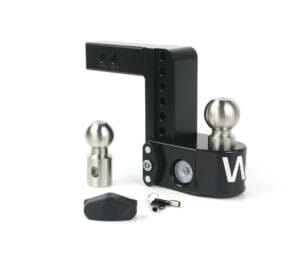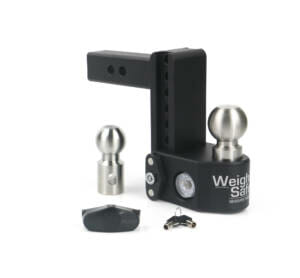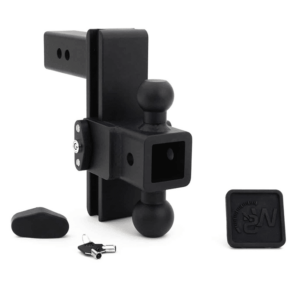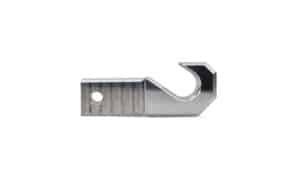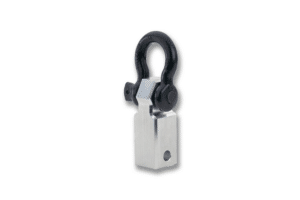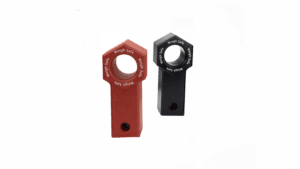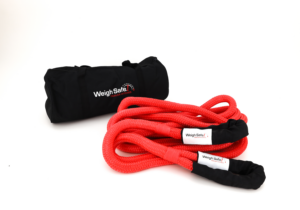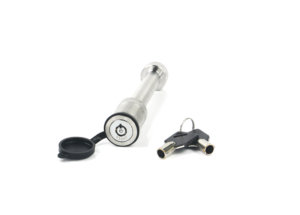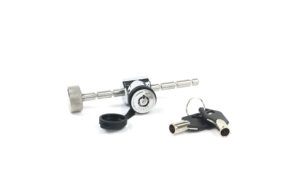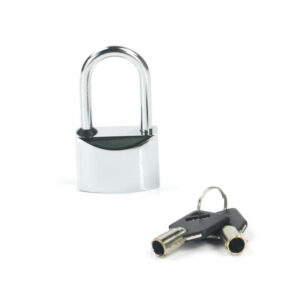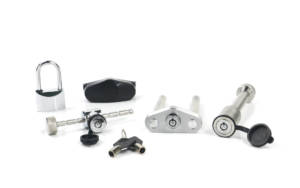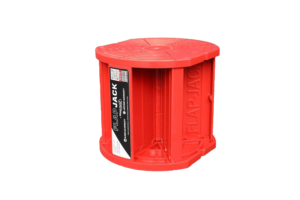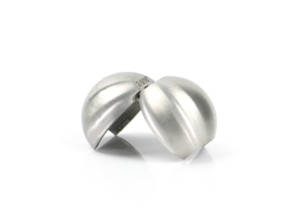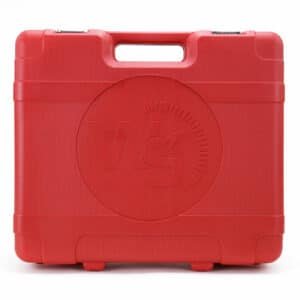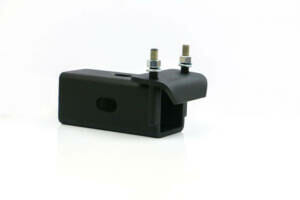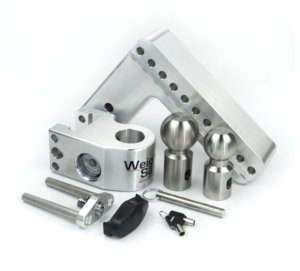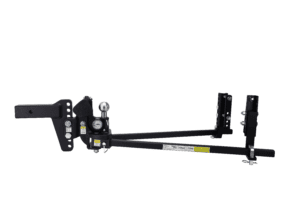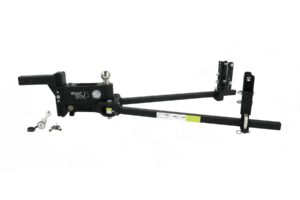Towing Safety
How To Tow Safely and Have Towing Peace of Mind
I decided to look up the meaning of the term “peace of mind” and I found a definition that I feel describes it perfectly. This site said, “Peace of mind is a state of mental and emotional calmness, with no worries, fears or stress. In this state, the mind is quiet, and you experience a sense of happiness and freedom”. When you go on a trip, wouldn’t you want to know how to tow safely and get there in one piece?
Who the heck doesn’t want a peace of mind, especially when towing a trailer!? Here at Weigh Safe, we have designed a hitch along with other innovative products that continue to provide you with a towing peace of mind. Although we provide a product that can help you to achieve a towing peace of mind, it doesn’t mean that there isn’t some work that needs to go into truly achieving that state of mind.

How To Tow Safely
You must remember your pre-tow tasks and check each one off of your list prior to hitting the road:
#1: Verify that your tongue weight is between 10-15% of your GTW.
First and foremost, before you can reach a towing peace of mind you must know what the weight rating of your tow vehicle is, or your gross combined vehicle weight rating (GCVWR). This is the maximum allowable weight of your fully loaded vehicle including equipment, passengers, cargo, trailer and tongue weight. You must know this so that you do not tow a trailer that exceeds your GCVWR as that can be extremely dangerous. You should be able to find your GCVWR on the placard of your tow vehicle.
Once you know the maximum weight you are able to tow with your vehicle, you must determine your gross trailer weight (GTW). GTW is the actual weight of your fully loaded trailer with everything on it. The easiest way to determine your GTW is to take your trailer to a public scale, make sure your entire trailer is on the scale (all tires and tongue), unhook it from your tow vehicle and measure the weight. If your GTW exceeds your GCVWR, you should not continue towing that trailer/load with your tow vehicle. You will either need to find an alternate tow vehicle with a higher GCVWR or lessen your load so that you aren’t towing a larger load than you should be.
Once you have your GTW figured out, you can then move and readjust your load accordingly so that your tongue weight is between 10-15% of your GTW. If you are lower than 10% or higher that 15%, you MUST adjust your load accordingly.

#2: Properly connect your truck to your trailer. (click here to learn more.)
- Latch and lock coupler.
- Connect safety chains.
- Attach runaway cables.
- Connect the power cable(s)
#3: Properly balance your trailer load and adequately secure all cargo. (click here to learn more.)
#4: Verify that your tow vehicle and trailer tires are according to manufacturer recommendations and that you have the correct tires for application. Double check that tires are in good condition and at a proper tire pressure. (click here to learn more.)
#5: Make sure all trailer lights are properly connected and functioning properly. (click here for more info.)
#6: If your trailer has brakes, verify that they are connected properly and the breakaway cable is attached appropriately. (click here to learn more.)
#7: Check your side view mirrors that they provide a clear view that extends to the end of the trailer. (click here to learn more.)

Once you have checked and double checked all of these tasks, only then should you hit the road. Towing a trailer without checking all of these pre-tow items off of your checklist is not a safe way to tow and will not leave you with a towing peace of mind.
Always make sure to check each and every item on this list and you should then feel at ease and experience a towing peace of mind while on the road.


